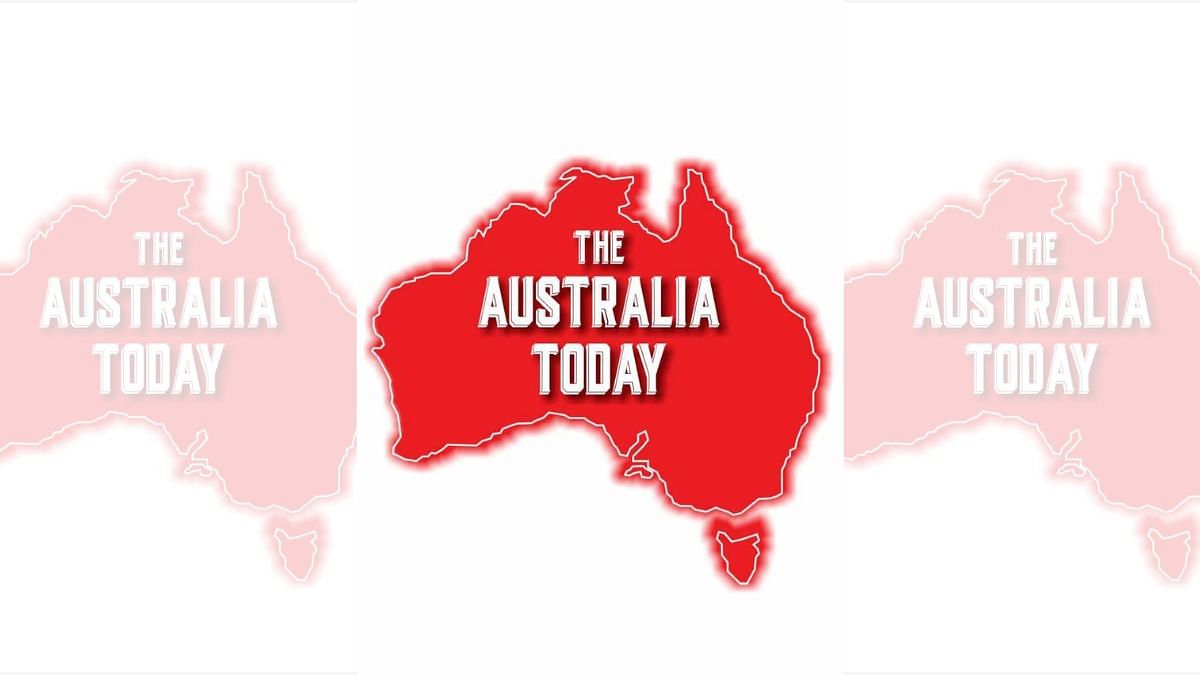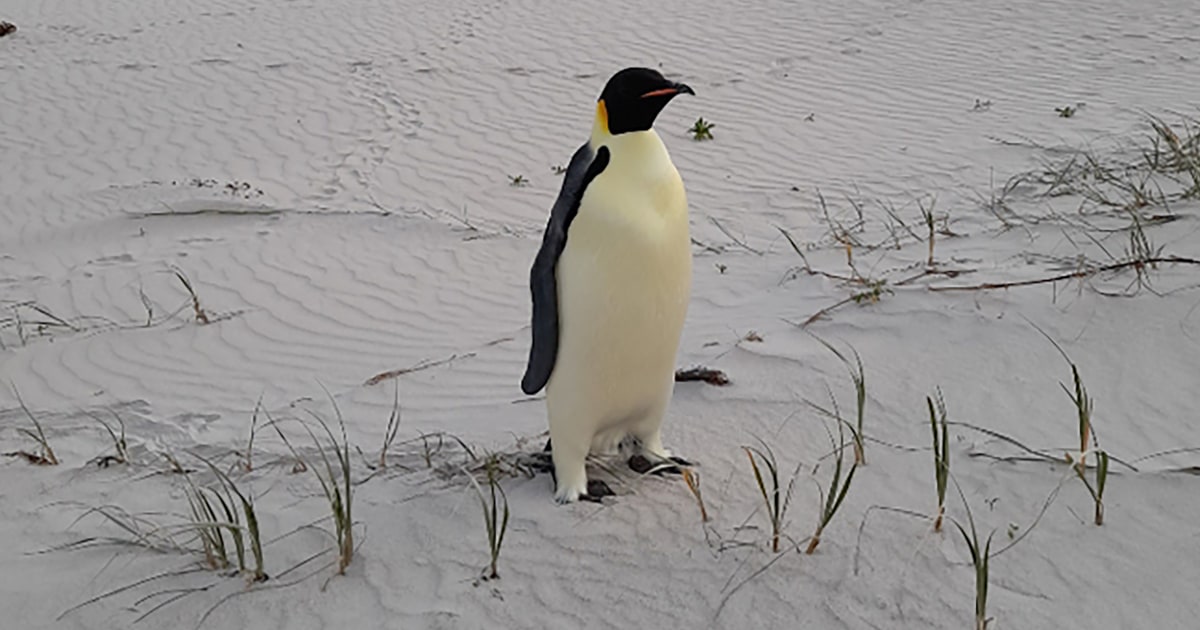‘Something is increasing the trade’: First detailed study reveals scale of Australian species for sale overseas

- by Admin
- September 11, 2024
In a vast convention centre in America, hundreds of booths are crammed with snakes, lizards, turtles and frogs.
The animal trade expo is also packed with people – reptile enthusiasts, loudly admiring the smorgasbord of species, many specially bred in vivid colours and patterns not normally seen in nature.
The event is being held in Tampa, Florida – but many of the species are Australian.
Geckos and axolotls packaged up for sale at a reptile trade expo in Palm Beach, Florida. (Supplied: Adam Toomes)
“When you go to these trading expos you’ll be in a large room that is just absolutely wall-to-wall, full of people,” said wildlife ecologist Adam Toomes.
“There’s a strong international appetite for unique Australia animals, and people will pay a lot of money.
“We don’t know if it’s widespread use of internet and social media that’s connecting people, but something has increased the overall scale of the trade.”
Most animals sold at reptile expos are legally bred from existing stock in captivity. (Supplied: Sebastian Chekunov)
Available for sale are tiny knob-tailed geckos from central Australia, and jungle pythons usually only found in Queensland.
Nearby, a scaly Australian Bearded Dragon dozes under a lamp.
The question is, how many of the Australian animals have been bred legally, and how many have spawned from the black market?
Wildlife ecologists Adam Toomes and Sebastian Chekunov doing fieldwork. (Supplied: Sebastian Chekunov)
A new study, published this week in the Conservation Biology, provides the most detailed snapshot available of the Australian animals caught up in the vast and fast-growing international animal trade.
Four-year monitoring
A research team from the University of Adelaide spent four years tracking the date, location and species of Australian reptiles and amphibians advertised for sale.
Project lead Sebastian Chekunov said web-scraping software allowed them to capture thousands of online sales.
Sebastian Chekunov is a wildlife ecologist based at the University of Adelaide. (Supplied: Sebastian Chekunov)
“We used traditional methods like looking at public databases, government seizure records and visiting trade shows overseas,” he said.
“But the web-scraper gave us a really accurate record of the thousands of animals being advertised in online pet stores, classified sites, reptile forums, social media and even the dark web.”
The project revealed a total of 170 Australian species for sale overseas, of which 33 had not been recorded on the international market before.
In recent years, hundreds of live reptiles have been intercepted and returned to the wild. (Supplied: Australian Border Force)
Ecologist Adam Toomes, who also worked on the project, said the finding set off alarm bells.
“The fact we found so many species that have not been detected before is a concern,” he said.
“It implies two things: the animals are being supplied by ‘wild harvest’ , and that the species have been smuggled out of the country in the years since the bans were put in place in the 1980s.”
The supply chain for Australia’s illegal wildlife often begins in remote areas, where sought-after species are endemic. (ABC Kimberley: Matt Bamford)
Many of the Australian species sold overseas have been legally bred from animals taken decades ago, prior to blanket export laws being introduced in the 1980s.
They are openly promoted at shopping mall reptile stories and the large-scale trade expos that tour the major cities of the USA and Europe.
However, the study’s discovery of more rare and recently described species indicates they have been removed from Australia more recently – and illegally.
These Australian species were photographed at a reptile show in Europe. (Supplied: Sebastian Chekunov )
Latest smuggling data revealed
The findings highlight the challenges for the Australian authorities engaged in a perpetual ‘cat and mouse’ game with animal smugglers, who pack live animals into small, tight packages packed in post, planes and even on people.
The latest data reveals an increase in the number of animals intercepted in recent years.
More than 800 reptiles, crayfish and birds have been seized in the past 18 months, mainly packed into postal packages.
It’s unclear whether the figures reflect an increase in smuggling attempts or improvements in enforcement.
Knob-tailed geckos are among the Australian species popular with reptile enthusiasts overseas.
(Supplied: Sebastian Chekunov)
In a statement, the Department of Climate Change, Energy, the Environment and Water said the illegal wildlife trade was increasingly appealing to organised crime syndicates.
“Organised criminals are attracted to the Australian illegal wildlife trade by large profits and lower penalties compared to smuggling illicit substances,” the Department said.
“Intelligence collected from wildlife trafficking operations show the international black-market prices for Australian reptiles can be more than 28 times the domestic price.”
The department’s dedicated Environmental Crime Team was boosted in June 2023, which it said had improved enforcement.
Taronga Zoo is using x-ray technology to investigate the origin of lizards seized as part of ongoing efforts to shut down the illegal trade. (ABC News: Jake Grant )
“We are seeing indicators that our crackdown on wildlife crime has made it more difficult for organised criminals to operate,” the statement said.
“We have disrupted and dismantled [organised crime] activities and this has seen a decreased number of detections in the first half of 2024.”
Will Australian government act on new species?
It will now be up to the Australian government to decide whether to further regulate reptile species, to try to protect the myriad species documented in the research project.
Almost 7,000 animals are included in the global wildlife protection regime, known as CITES.
The system requires countries to monitor and report the movement of listed species, and intercept when it’s believed illegal trade is occurring.
Sebastian Chekunov said only around half of the Australian species they found being sold were included in the monitoring system.
“We are hoping the research will encourage the Australian government to take a look at these species and add them to the CITES appendices,” he said.
“It would get the cooperation of other countries to actually document their trade, and intervene if there is anything that they see that’s happening illegally.
“At the moment there’s not much they can do in relation to the movement of these animals, even if they do see something going wrong.
The Australian government added a further 127 reptile species to the CITES database in 2022, and in a statement said it would continue to monitor and consider further additions.
This shingleback lizard was discovered packed into a sock in a failed attempt to remove it from Australia for sale. (Supplied: Department of Agriculture, Water and the Environment)
The study — believed to be the most lengthy and detailed to date — has also laid bare the inexorable influence of supply and demand globally.
The researchers catalogued prices of between $30 and $15,000 per animal.
Disturbingly, they observed the strongest demand for rare and recently described species, fuelling the cash incentive for smugglers able to obtain the animals from remote parts of the continent.
Prices are also higher for animals specially bred to enhance vivid colours and unusual patterns, which ecologists said further drives poaching and can distort gene pools.
The Latest News
-
November 13, 2024Seven Upfronts: Returning Hits, Music Specials and New AFL Footy Shows Lead Seven’s 2025 Slate
-
November 13, 2024The Future Of Australian Fashion Week Is At Risk As IMG Exits Event
-
November 13, 2024Aussie Test selector claps back at ‘guess’ sledge
-
November 13, 2024‘Mark Waugh just laughed’: The hilarious true story behind formation of an Aussie rock icon
-
November 13, 2024Who is Alex Condon? Aussie NBA prospect considering career at Collingwood | Sporting News Australia


